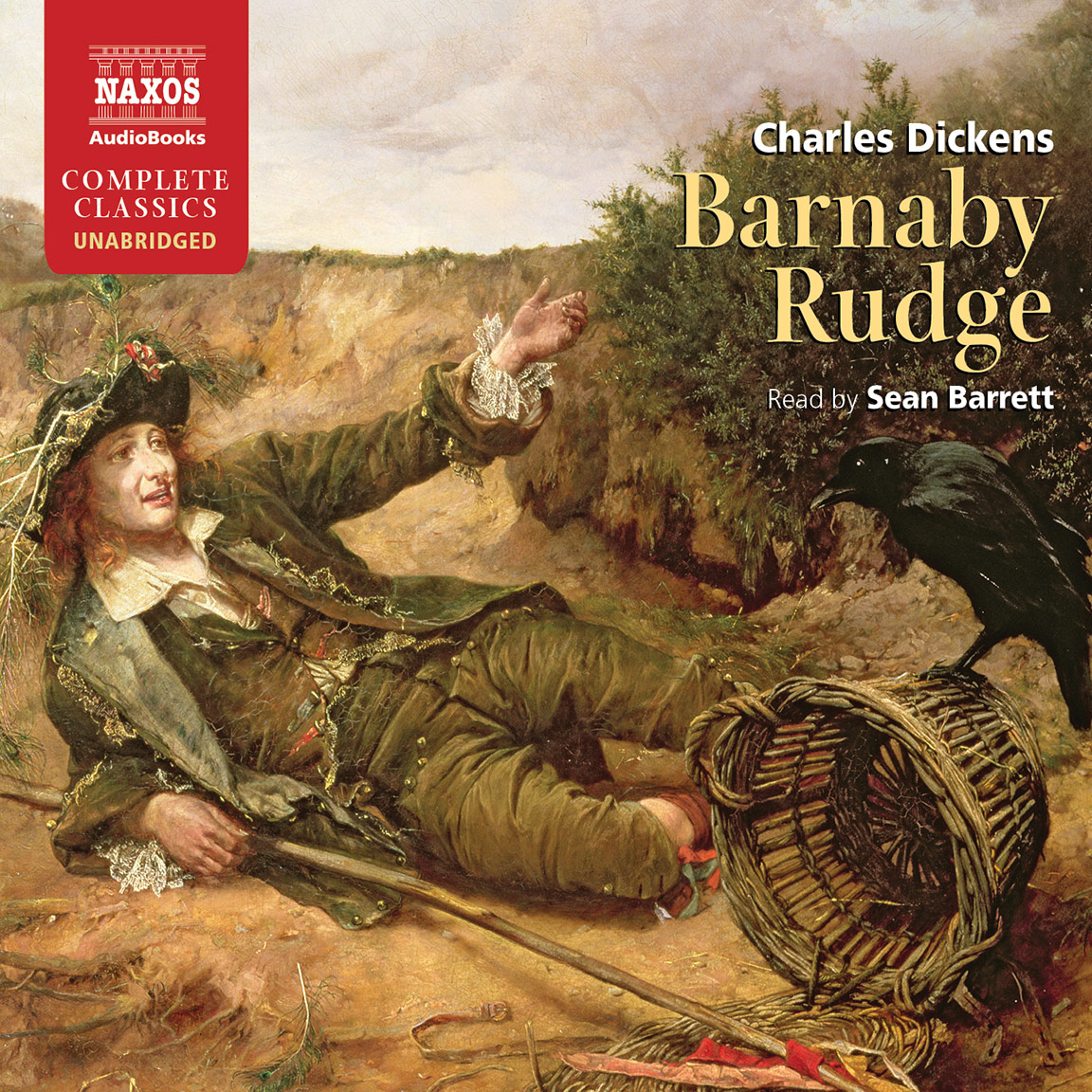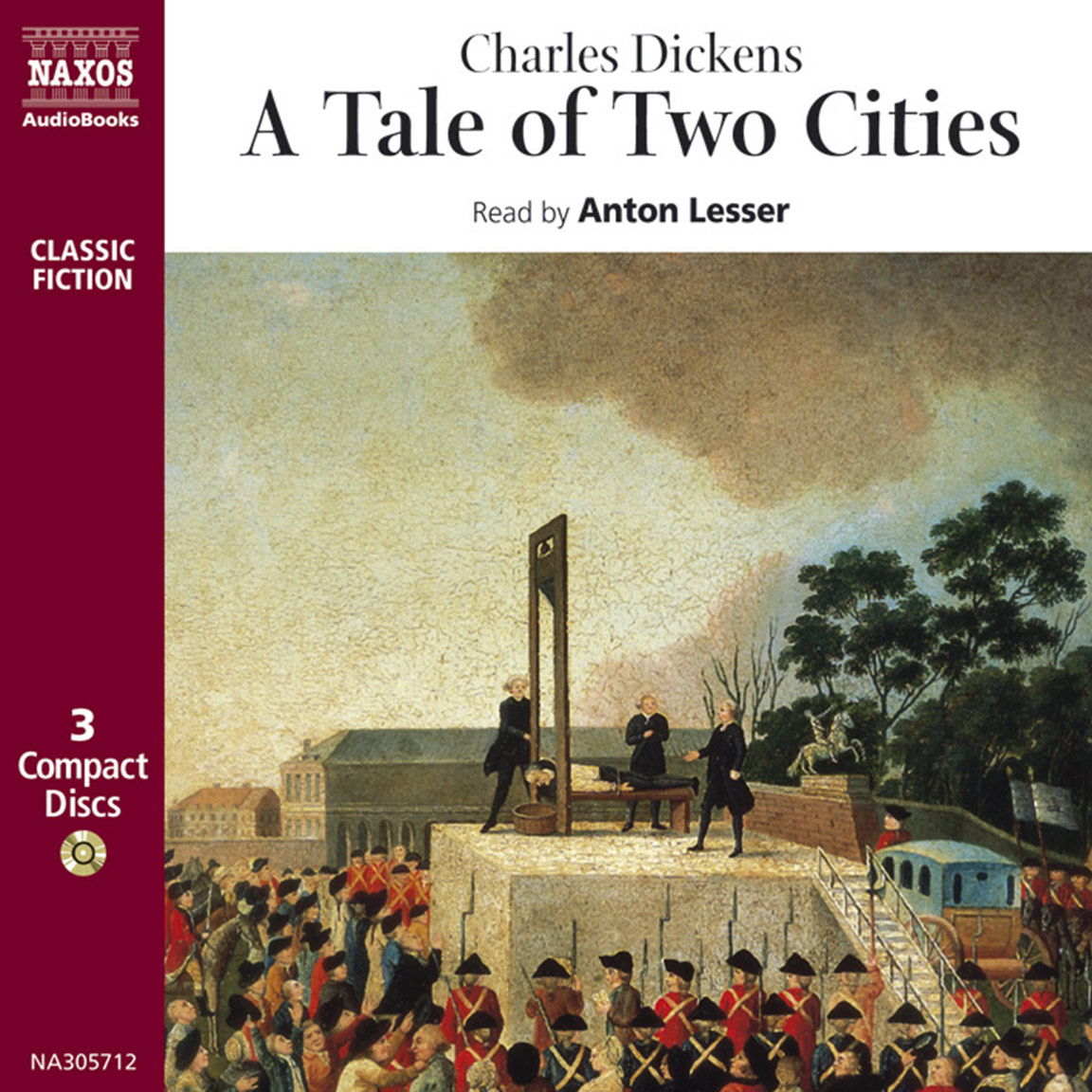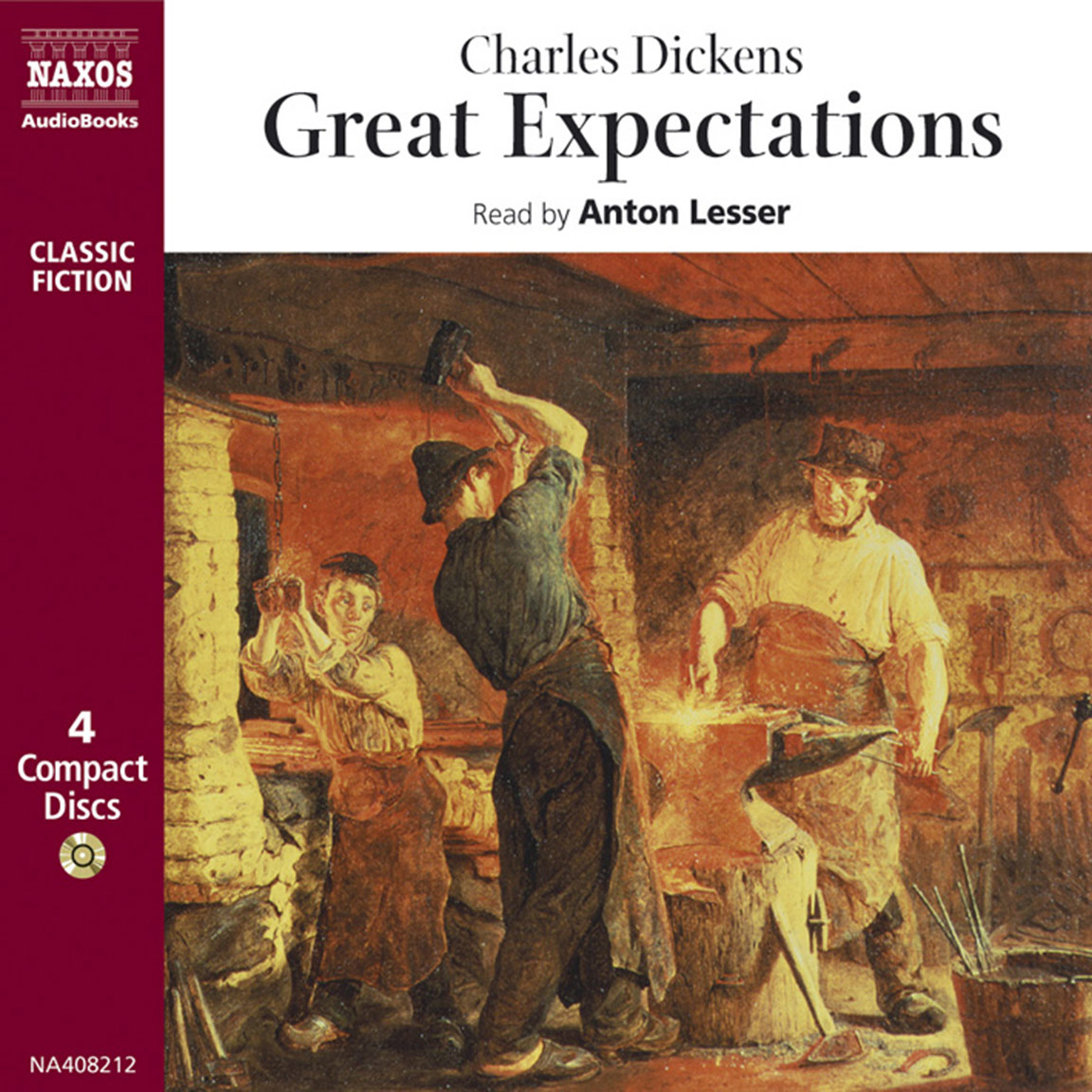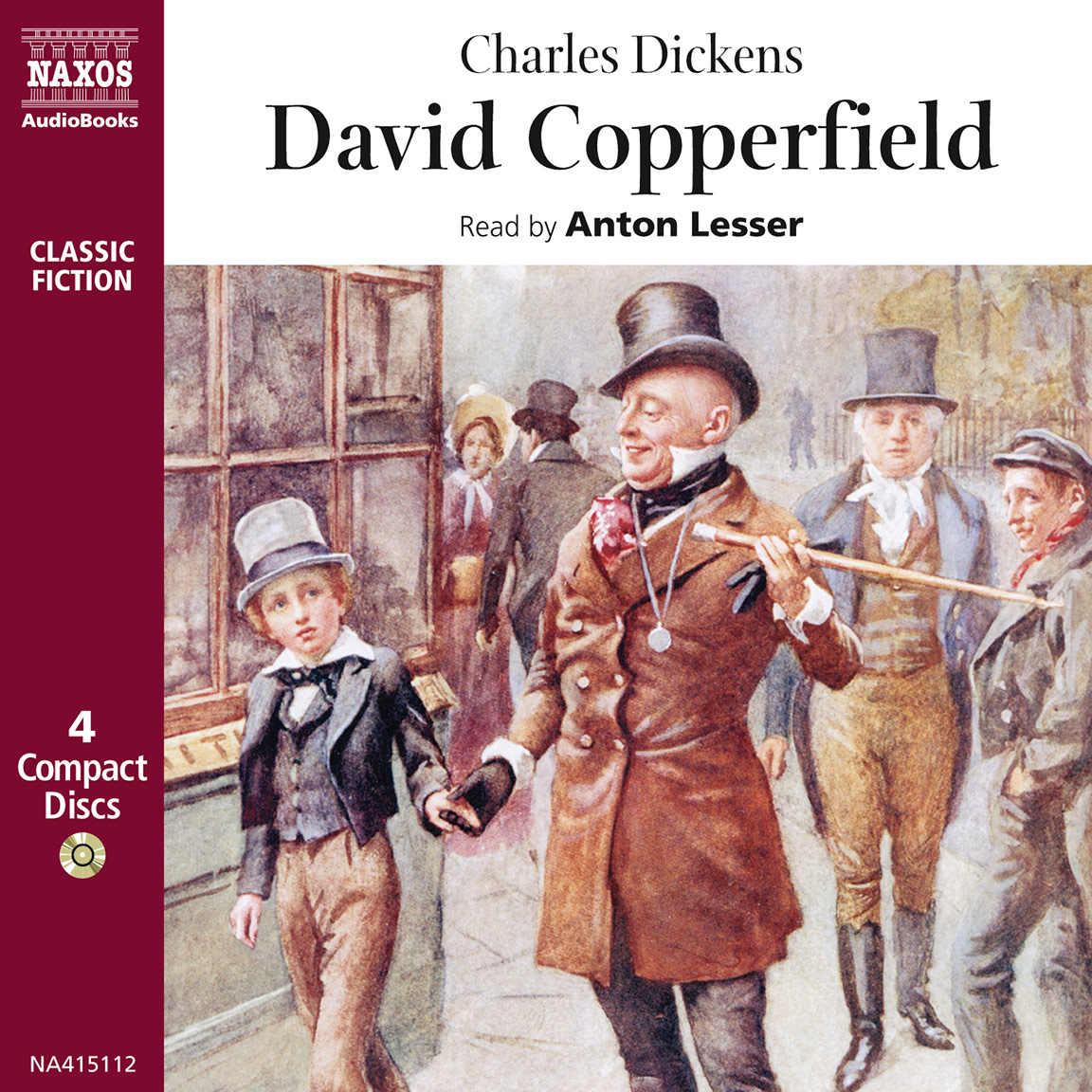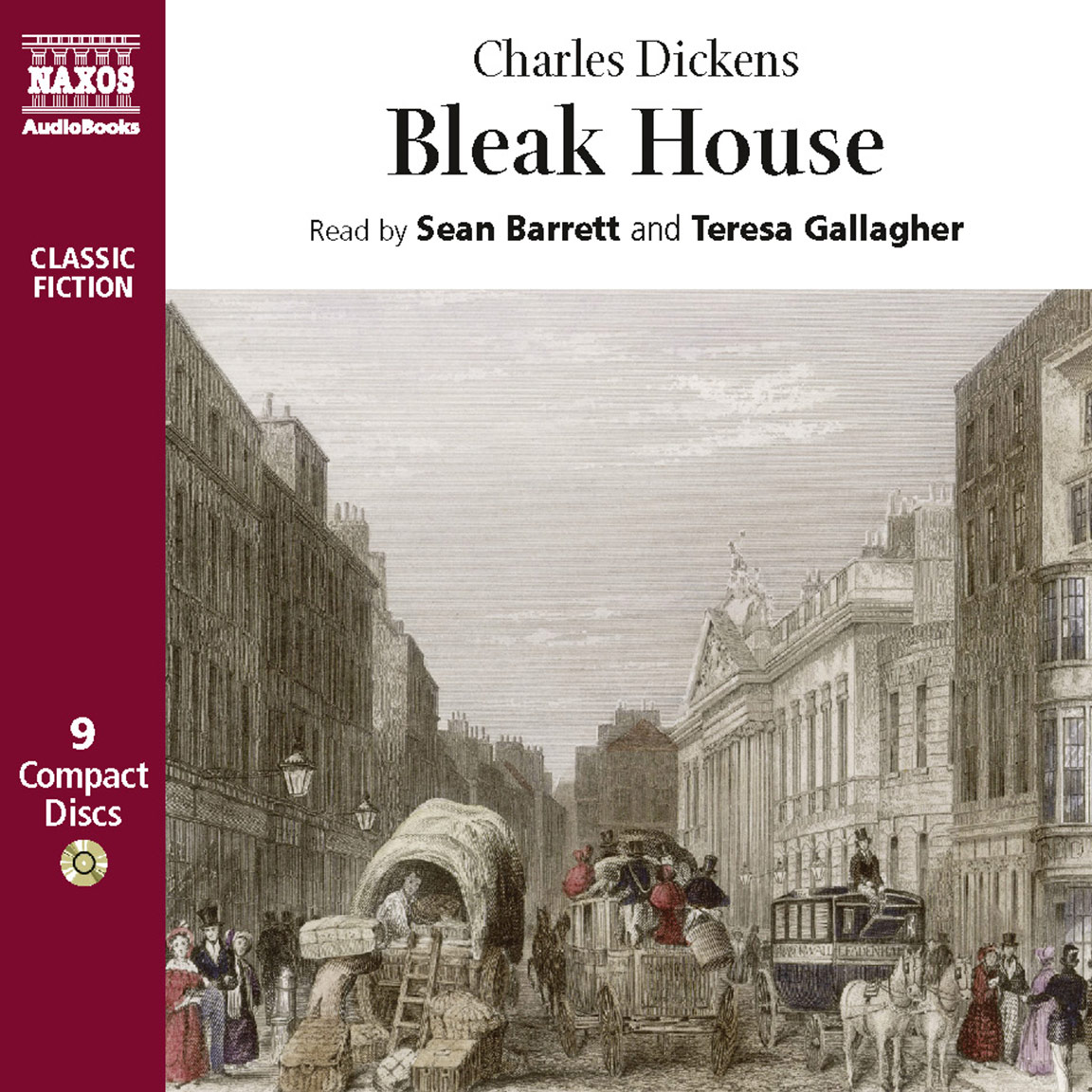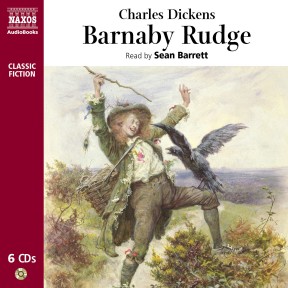
Audio Sample
Charles Dickens
Barnaby Rudge
Read by Sean Barrett
abridged
Barnaby Rudge, one of only two historical novels by Dickens, deals with the ‘Popery’ riots of 1780. Read here by one of Britain’s most popular readers, Sean Barrett, (his reading of Bleak House was widely praised) in a useful 6CD abridgement. The recording is part of the extended Dickens collection offered in both abridged and unabridged form by Naxos AudioBooks. The only available version of the novel on audiobook.
-
Running Time: 7 h 19 m
More product details
Digital ISBN: 978-962-954-814-8 Cat. no.: NA690812 Download size: 107 MB BISAC: FIC004000 Released: March 2009 -
Listen to this title at Audible.com↗Buy on CD at Downpour.com↗Listen to this title at the Naxos Spoken Word Library↗
Due to copyright, this title is not currently available in your region.
You May Also Enjoy
Reviews
Barnaby, the vulnerable man-child, prompts some of Dickens’s finest writing. Overall, however, it’s not one of his best novels, although Sean Barrett’s magical voice somehow persuades you that it is.
Rachel Redford, The Observer
Booklet Notes
Barnaby Rudge is something of a mystery story; therefore it might be advisable to read these notes after having listened to the novel. In considering its background etc., disclosures about the plot are made that may spoil your enjoyment.
I have gone to work this morning in good twig, strong hope, and cheerful spirits. Last night I was unutterably and impossible-to-form-an-idea-of-ably miserable…
Dickens in a letter to his friend Forster, 1841
Barnaby Rudge was the second novel to appear in Dickens’s experimental magazine Master Humphrey’s Clock, which he launched in 1840. He was a young man with the proven successes of The Pickwick Papers, Oliver Twist and Nicholas Nickleby behind him, and this encouraged him to be innovative. Master Humphrey’s Clock was a literary magazine of random articles and short stories, linked by the fictional ‘Master Humphrey’: he kept this assortment in his clock to be produced as material for discussion by a literary group (which included, ill-advisedly, Mr Pickwick). This original presentation by Dickens, however, did not appeal to his public, who wanted another novel rather than a collection of stories. As the magazine’s circulation began to decline seriously, Dickens was forced to work hard to save it from failure. Adapting an existing short story, Dickens wrote as a weekly serial The Old Curiosity Shop, which was then followed, in the same format, by Barnaby Rudge. Although Dickens always had an obsessive desire to write, this was even for him a punishing schedule; sometimes he was writing episodes for both novels at the same time.
The spectre of his magazine’s failure, so soon after it was launched, led Dickens to reconsider the very first novel he had attempted to write in 1836 – Gabriel Varden, the Locksmith of London. It had proved to be a problematic story for him to tell, and after the success of Sketches by Boz it became submerged in the rush of publishers to capitalise on this brilliant young writer. Dickens, always a shrewd businessman, played one off against another. By the time he had settled with the publishers Chapman and Hall in 1839, the novel, now retitled Barnaby Rudge, had been abandoned in favour of the development of Master Humphrey’s Clock.
Barnaby Rudge, which had proved so difficult for Dickens to write in 1836, now became, in itself, an innovation for him. He knew that since the great success of Sir Walter Scott in the genre of the historical novel any subsequent aspiring novelist must have a success in this field to be taken seriously. Dickens only attempted to write outside his own age twice, with Barnaby Rudge and A Tale of Two Cities. It was his reading of the historian Thomas Carlyle’s dramatic retelling of the French Revolution that inspired Dickens to try his own hand at recreating the vivid scenes of violent revolt that took place in the notorious Gordon Riots in London in 1780. As a socially aware novelist, Dickens wanted to show his nineteenth-century readers how particular confrontational moments in history had helped to create the free-thinking era in which they now lived. It is no accident, therefore, that both his historical novels are based around revolutions. In A Tale of Two Cities it is an enlightened revolution, whereas in Barnaby Rudge the uprising is based on prejudice and bigotry.
The Gordon riots were induced by the MP Lord George Gordon in response to changes in the laws against Roman Catholics. Since the Reformation, Catholics had been restricted from holding public office, being MPs, voting, possessing land or worshipping openly. They were taxed heavily and denied education at the universities. In 1778 the Catholic Relief Act was passed to alleviate some of their difficulties. It was only a small concession, but enough to fuel Protestant indignation amongst the public, exacerbated by Gordon’s blatantly anti-Catholic speeches. Gordon is presented by Dickens as a weak man in the hands of an unscrupulous secretary, Gashford, who is fictitious. The rejection by Parliament of a petition containing 100,000 signatures was the flashpoint for the mob violence that followed. Dickens’s fascination with the destructive mob let loose during the Gordon riots unbalances his novel, however, and the characters and narrative he develops in the first part of the book are swamped by the violence in its second half.
Dickens’s method of recreating history is to offer a sequence of picturesque eighteenth-century scenes that would have graced the wall of any nineteenth-century parlour. It is not surprising that it is one of the most profusely illustrated of all Dickens’s novels, the original serialisation containing no fewer than seventy-six images, mainly by Dickens’s ingenious collaborator Phiz (Hablot K. Browne).
Dickens creates the image of the smoothly effete eighteenth-century gentleman, for instance, with his snuff-box and finely cut wine-glass in hand, his air of condescension thinly disguising his cruel nature (Sir John Chester); and by contrast the rustic picture of a country inn and its eccentric collection of bucolic locals who gather, tankards in hand, round the ever-present roaring fire, for a gossip or a gripe. Yet far from romanticising the past, Dickens wishes to show it as it appeared to his nineteenth-century eyes: a society secure, snug and smug on the surface, yet full of cruelty and injustice; an uncivilised time.
Dickens was writing a didactic novel in which he was intent on warning the public against the dangers of free speech when irresponsibly expressed, on stating the necessity for everyone to be on his guard against complacency. This applied particularly to the authorities who could allow religious bigotry to be expressed and, as it fed on ignorance, to grow into a movement resulting in senseless mob violence and a real threat to the security of the nation. Dickens always felt that mankind was holding onto civilisation by its fingertips whilst the dark abyss of ignorance yawned beneath. The seemingly cosy and complacent scenes in the Maypole Inn are shown to breed petty tyranny in the landlord John Willet towards his son Joe; whilst the secure domestic environment of Gabriel Varden’s house shelters Sim Tappertit the ’prentice, whose vanity leads him to create a secret society called the United Bull-dogs (a name with ominous pre-echoes of twentieth-century political organisations) that promotes anti-Catholic prejudice and plays an active part in the riots. Both the Maypole and Varden’s house fall victim to the mob. Safety and security are delusions to Dickens.
Although the characterisations and humour in Barnaby Rudge (with the exception of the admirable Miss Miggs) are not as fully developed as in later novels, it is in his vivid descriptions of the mob violence that Dickens’s imagination really takes flight. Here is to be found some of the most powerful writing he ever produced, describing how the mindless violence, once initiated, rapidly grows out of control. It sucks in the vicious criminal element, the poor and the ignorant, whilst the authorities are shown to be lame and inadequate, responding finally with an equal degree of indiscriminate violence. Dickens takes the opportunity to attack the inhumanity of public executions still very much prevalent in the London of the 1840s.
Amongst the innocent victims of the mob is the novel’s eponymous hero Barnaby, a simpleton, the ‘holy fool’ of romantic literature, who is the innocent butt of the unfeeling world about him. His pet raven, Grip, seems to have more of a ‘grip’ on worldly matters than his master, the bird’s random quotations and demeanour making him seem at times grotesquely human. Dickens himself had a pet raven and was fascinated by its mimicry. Edgar Allan Poe had the same fascination; he reviewed the first publication of Barnaby Rudge in America, and was inspired by Grip to write, in 1845, one of his greatest poems: The Raven.
Dickens was a man rooted in the nineteenth century, and although his fascination for history took over in this novel to the detriment of the narrative, it still had relevance to his own times. It was conceived in the 1830s, a time of political upheaval in England. In 1832, there had been a drastic reform of the political system, giving thousands more the right to vote and be active in politics. A political movement pushing for further and more radical reform, Chartism, was formed, and in some quarters the Chartists were seen as a threat to peace and security in much the same way as the Gordon mob of 1780. There had been minor skirmishes involving Chartists in Birmingham and Newport at the time Dickens was writing this novel, and these radical changes to the political structure of England gave a sharp immediacy to his work.
Nevertheless, it cannot be said that Barnaby Rudge was a great success. The magazine’s circulation fell, and with the publication of the final chapters Dickens announced the closure of Master Humphrey’s Clock. The novel has never been one of Dickens’s most popular, perhaps the uneasy balance of plot and historical fact accounting for this. It was a balance that Dickens later got right in A Tale of Two Cities.
Dickens remained undaunted by the novel’s poor reception. He wrote with inimitable confidence: ‘I was always sure I could make a good thing of Barnaby, and I think you’ll find that it comes out strong to the last word’.
Notes by David Timson
